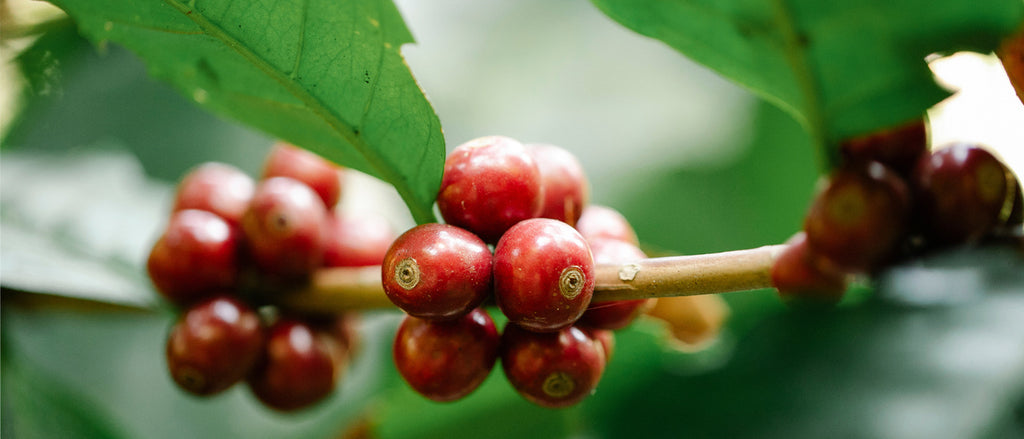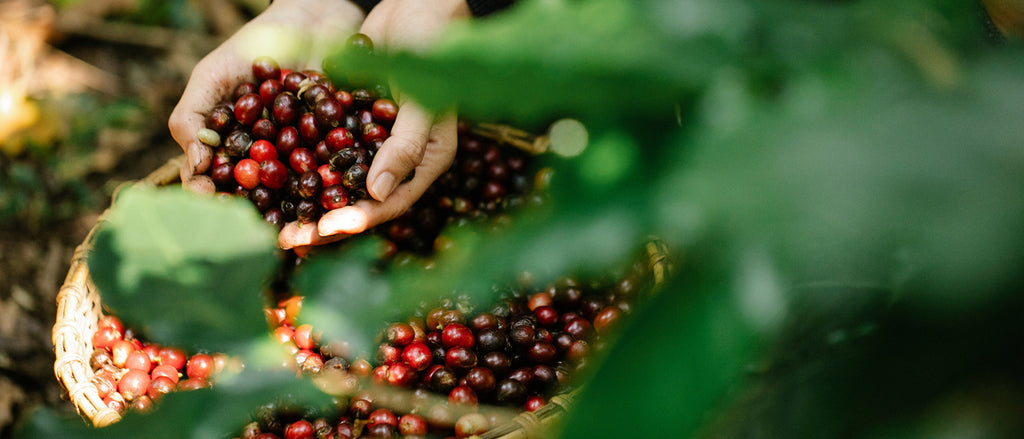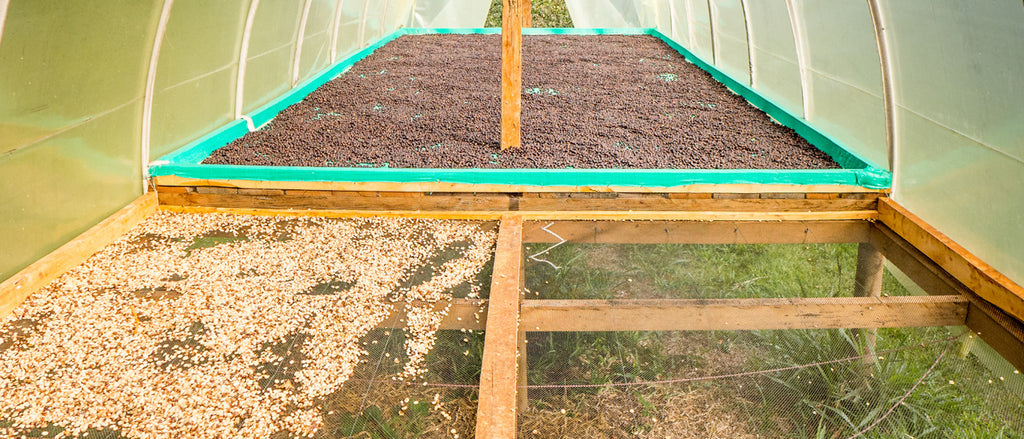From Bean to Brew: The Art of Coffee Growing, Harvesting, and Roasting
For many of us, a warm cup of coffee in the morning is an indispensable part of our daily routine. But have you ever wondered about the journey that humble coffee bean takes before it reaches your cup? From the vast coffee plantations to the intricate roasting process, let's explore the fascinating world of coffee growing, harvesting, and roasting.
Coffee Growing: Nurturing the Beans
The journey of coffee begins in the tropical regions, often referred to as the "Coffee Belt," which spans countries around the equator. The most commonly cultivated coffee plants are Arabica and Robusta. Coffee plants thrive in specific conditions, requiring high altitude, consistent temperatures, ample rainfall, and well-drained soil.
Coffee farmers meticulously nurture the plants, ensuring proper soil fertility, preventing diseases, and managing shade and sunlight exposure. It takes years for coffee plants to mature and produce fruit, making patience and expertise vital in the cultivation process.

Harvesting: Selecting the Perfect Beans
Coffee cherries, the fruit of the coffee plant, undergo careful harvesting to ensure the highest quality beans. There are two primary methods: selective picking and strip picking.
Selective picking involves handpicking only the ripe cherries, which requires multiple passes through the plantation. This method produces beans with optimal flavour and aroma but is labor-intensive. In contrast, strip picking involves harvesting all the cherries from a branch at once. While it is a quicker process, the resulting beans may have a slightly lower quality.

Processing: Unveiling the Hidden Gems
After harvesting, the coffee cherries undergo processing to separate the valuable coffee beans from the fruit. There are three common methods: the washed process, the natural process, and the honey process.
-
Washed Process: This method involves removing the outer skin and pulp from the cherries using water and fermentation. It results in clean, bright beans with a vibrant acidity.
-
Natural Process: In this method, the cherries are dried with their fruit intact. The sun's heat and airflow transform the cherries into dried, raisin-like fruits. Natural processing brings out fruity and wine-like flavours, along with a full body.
-
Honey Process: This process lies between the washed and natural methods. The cherries are partially washed, leaving some of the fruit pulp intact during the drying process. It leads to beans with a unique sweetness and complexity.

Roasting: Unleashing the Aromas and Flavours
Roasting is an art form that transforms green coffee beans into the aromatic and flavourful beans we are familiar with. During the roasting process, the beans undergo a complex series of chemical reactions that develop their taste, aroma, and colour.
The roasting process includes three main stages: drying, browning, and development. Initially, the beans release moisture and acquire a yellowish colour. As the temperature rises, the beans undergo a Maillard reaction, turning brown and developing flavours. Finally, the beans reach their desired roast level, ranging from light to dark, depending on the desired flavour profile.

The journey from coffee plantation to your cup is a labor of love and precision. Coffee growing, harvesting, and roasting require meticulous care and expertise to ensure the highest quality and flavours. Understanding this process unveils the rich story behind that simple cup of coffee we enjoy each day.
So, the next time you sip on your favourite brew, take a moment to appreciate the journey of those humble coffee beans and the passionate hands that nurtured them from seed to sip.







9 comments
Love the blue mountain coffee
Love the blue mountain coffee beans
GREAT INFO…WOULD LOVE TO WIN TOO!